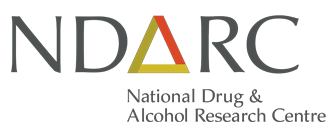
Key Findings
Participants were divided into two groups based on recent heroin use: heroin versus non-heroin.
Both groups were aged around 40yrs, mainly male, single and unemployed.
Recent ice/crystal was significantly higher in the heroin group. While recent speed and base use was significantly higher in the non-heroin group.
One-fifth of the heroin group and one-tenth of the non-heroin group reported the recent use of cocaine.
Cannabis use was common among both groups on a near-daily basis.
The heroin group reported a significantly higher use of benzodiazepines, methadone, buprenorphine, buprenorphine-naloxone and oxycodone in the last six months. The non-heroin group reported a significantly higher recent use of morphine.
The heroin group were significantly more likely to report borrowing and lending a needle and reusing their own needle in the last month.
Around two-thirds of both groups had experienced an injection-related health problem in the month preceding interview.
Nearly half of both groups self-reported a mental health problem in the last six months, mainly depression and anxiety.
Of those who reported recently driving, one-fifth in both groups drove while under the influence of alcohol. While nearly all reported driving while under the influence of an illicit drug, mainly cannabis.
The heroin group were significantly more likely to report a criminal activity in the last month, mainly drug dealing and property crime.
Over one-third of both groups had been arrested in the last 12 months, mainly for property crime and use/possession of drugs.
Resources
Author(s)
Jennifer Stafford, Lucy Burns- Overview
- News
- Our team
- References

